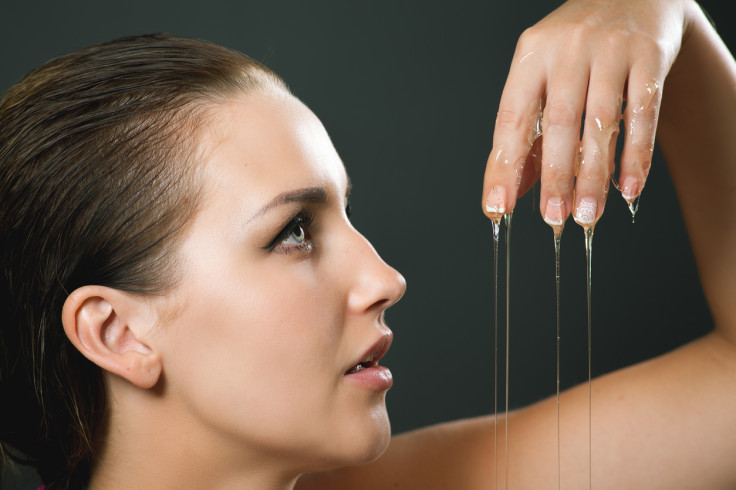Pubic service announcement: Hair-grooming injuries are more common than you think
The most common injuries are cuts, followed by burns and rashes.

Injuries linked to pubic hair grooming are more common that one would think, reveals a new study. They can even land some people in the emergency room, requiring treatment for cuts, rashes and burns.
Whether people choose to shave, wax or use the latest laser hair removal technology, pubic hair grooming has become a common practice globally – both in men and in women.
Many studies and media reports have focused on the trend, showing how it is driven by modern's society's definition of attractiveness and perceptions of what is normal when it comes to genitalia. But despite being a widespread practice, very little research has been done to document the type of injuries it is associated with.
In a study published in the journal JAMA Dermatology, scientists have tried to characterise the type of injuries sustained and the individuals at a high risk of getting injured. They hoped to develop recommendations for safer grooming practices.
Between 2014 and 2017, the researchers surveyed 7,570 US adults, both men and women, asking them a range of question about their pubic hair grooming practices. This included how hairy they thought they were, whether they removed their pubic hair, how often they did so, what method they used, and whether they had already sustained an injury from it and had needed medical attention as a result.
The researchers found that 76.1% of participants reported a history of grooming.
Among them, the number of injuries was surprisingly high. More than a quarter of the 'groomers' reported a related injury.
Cuts were the most common injury sustained, followed by burns and then by rashes – which makes sense considering that razors were the most commonly used instruments. Only 1.4% of participants however required medical attention, indicating that serious injuries are quite rare.
Removing all the pubic hair was linked with a higher probability of sustaining an injury. Both men and women who removed all their pubic hair 11 times or more during their lifespan were found to have an increased risk for grooming injury.
The results suggest that grooming frequency, as well as how much hair is removed, are risk factors for injury. Waxing appeared to be protective against injuries in women, but more research will be needed to confirm this and to come up with recommendations for safe pubic hair grooming, as the practice does not seem to be receding.
"Injury-prevention efforts are necessary. Clinicians may use this data to identify patients at high risk for injury. This study may contribute to the development of clinical guidelines or recommendations for safe pubic hair removal," the authors conclude.
© Copyright IBTimes 2024. All rights reserved.






